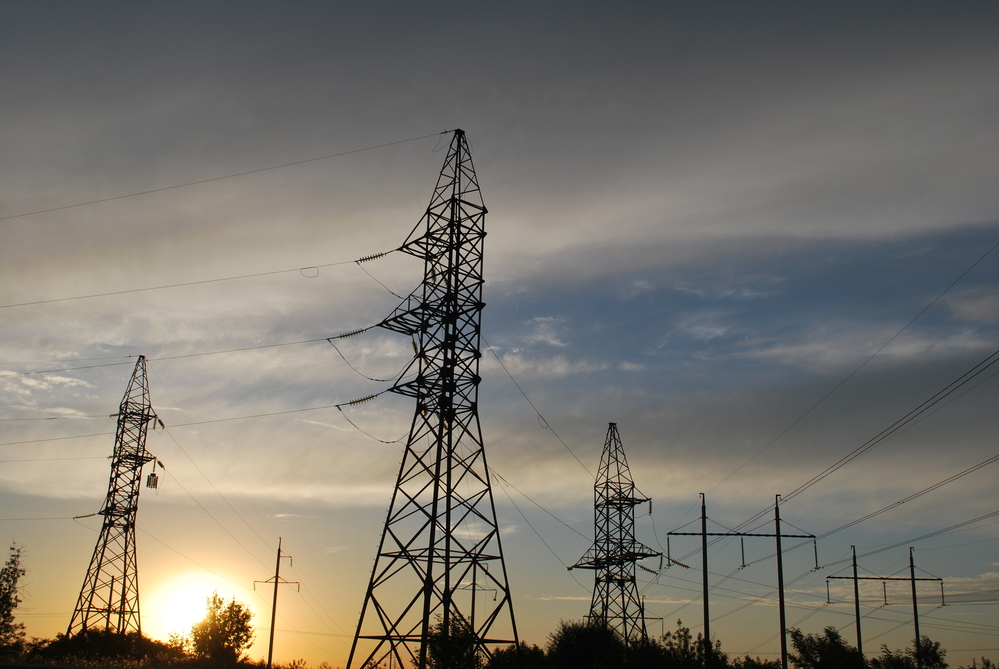Checklist: How to communicate in a crisis
Critical events can affect any company. When that happens, fast and efficient communication is critical. Everbridge shows how this can be achieved.

Severe storms, a fire on the company premises, successful cyberattacks: The probability that companies will be confronted with a critical event sooner or later is high. In order to minimize the damage in such an event, maintain business operations as best as possible and get back to normal as quickly as possible, companies have to pull many levers. One of the most important of these is communication.
When companies fail to communicate in a timely manner during a crisis, they lose control of the narrative. The gap will be filled by actors who may not even know about the nature of the problem and slow down the process of recovery. Rumors will spread quickly on social media, and employees may simply share critical information on their own. Or worse, they may make the wrong decisions, putting their health or even their lives at risk.
Develop communication plan
To prevent this from happening, companies should develop a comprehensive communications plan that can be used in the event of a critical incident. Everbridge's checklist provides a framework for doing so.
Analyze risks: Companies should analyze what risks they are actually exposed to and how these will affect their business operations if they occur. They can then derive targeted communication measures from these analyses.
Clarify responsibilities and processes: Companies need a dedicated communications team and predefined communications plans. It must be clearly defined who is primarily responsible for communication, who controls it, who talks to whom and when, and what information they pass on in the process.
Consider all target groups: In addition to internal contacts, communication with external groups may also be required. For example, partners or customers must be informed if they are affected by a critical event. If a company operates a critical infrastructure, there may also be a duty to notify authorities.
Create text templates: Templates for notifications help companies communicate efficiently and without errors in the event of an emergency. Different audiences may need different information, but key messages must be consistent and free of contradictions so that everyone is on the same page in an emergency.
Communicate multimodally: The more communication channels companies use, the greater the probability of actually reaching the target persons. Ideally, recipients should receive information via all contemporary channels, such as SMS, push message, e-mail or voice message, and on both private and professional fixed-line and cell phones.
Practice and test: When companies rehearse the planned processes without the pressure of an emergency, they have more certainty that everything will work out on day X. Test runs also give them the opportunity to uncover any weaknesses and then eliminate them in a targeted manner.
Source: Everbridge









